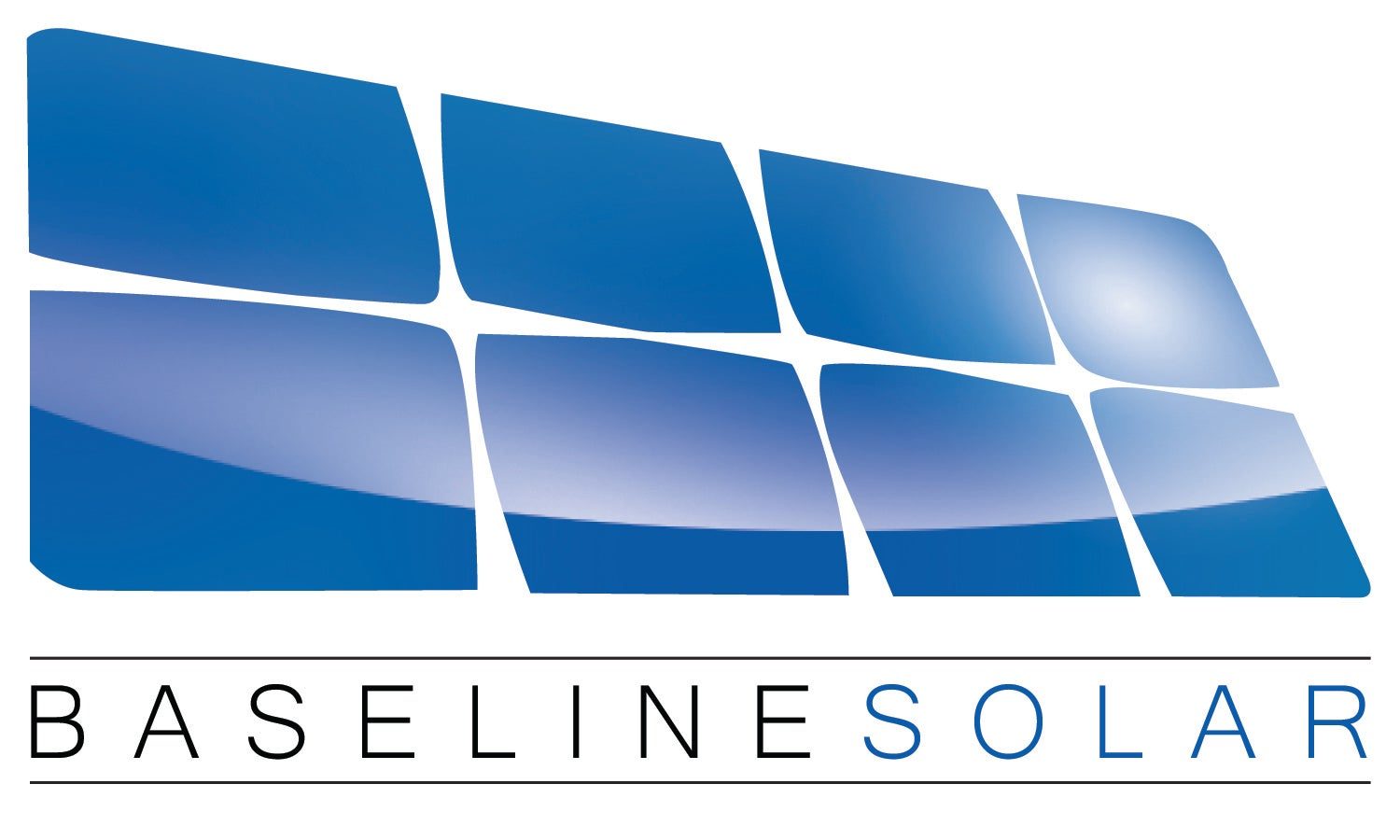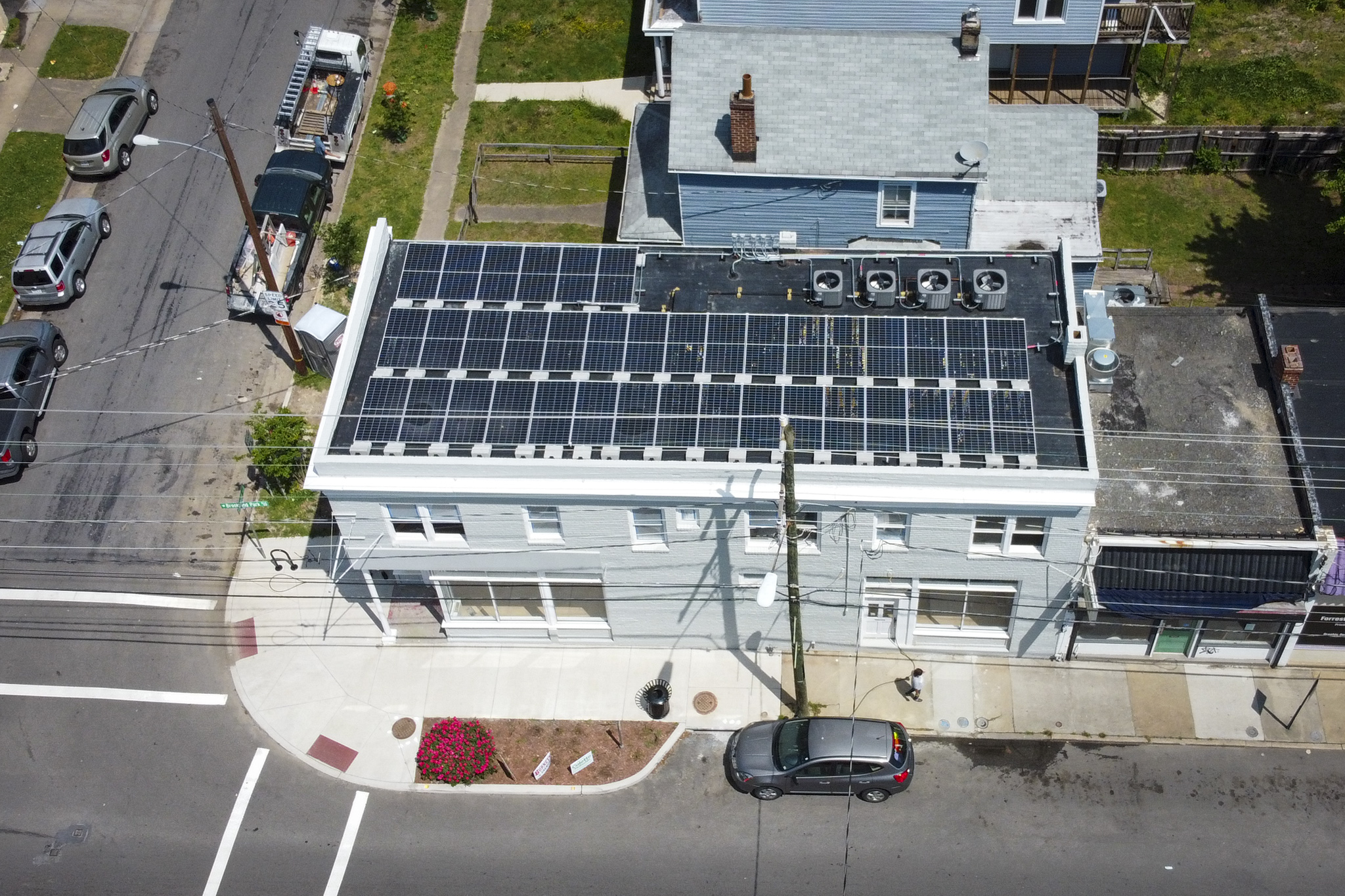When you’ve been in the solar business for more than a decade, you’ve generally seen and heard all the myths. Jokes about our “solar systems” being out of this world? We’ve heard them before. (We call them solar arrays, not solar systems, for a reason.) Questions about what happens at night? We’ve answered that a million times. (Answer: nothing!)
But a few persistent myths surface over and over again in our work. And these myths are actively hampering America’s transition to a clean energy future. It’s time to clear up the misinformation once and for all and debunk these persistent myths!
MYTH: Solar panels are fragile and need constant cleaning
REALITY: The first time Baseline business manager Patrick Feucht dropped a tool on a solar panel mid-installation, he remembers doing a full-body cringe and waiting to see the glass shatter. But then: Absolutely nothing happened. “Solar panels are much stronger than most people think,” says Feucht. Panels are made out of tempered glass—a much stronger material than regular glass. “Really, they’re the least likely component to fail in an array, adds Feucht. He’s seen panels withstand falling branches and hail. If an entire tree falls on your house? Yes, those panels may not survive—but that’s probably the least of your worries. Feucht says that broken panels mostly result from human error—like a recent incident where a tractor backed into a ground-mounted array.
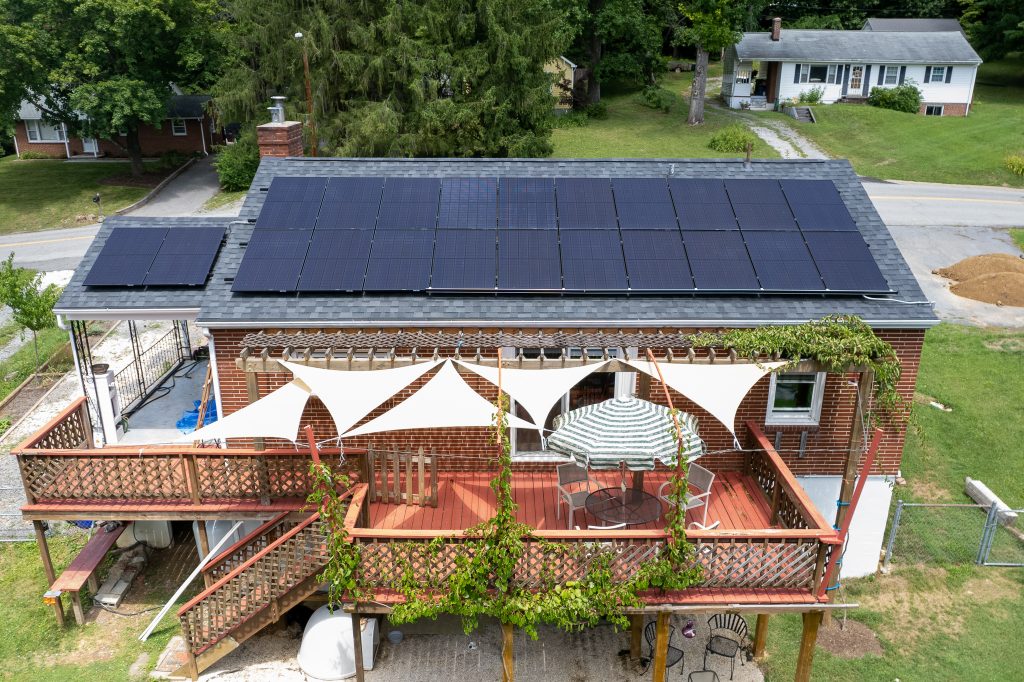
As for cleaning, the great thing about Southwest Virginia is the 124 average days of precipitation per year. Rain and snow keep panels clean enough to function well without additional cleaning. Feucht has never cleaned the panels on his home, and they’re still cranking out watts.
MYTH: You need a giant battery bank
REALITY: You actually may not need batteries at all. If your home connects to the commercial utility grid, you’ll have power day and night, no-batteries-required, says Feucht. Battery banks only come into the equation when a solar-fueled backup power source is needed, or for folks who wish to be entirely off-grid. That said, more and more customers are opting for battery banks these days. A few years ago, around 2 percent of Baseline’s solar installations included a battery bank for backup or off-grid power. Today, that number is closer to 15 percent. But it’s still absolutely possible to add solar to your home without buying a single battery.

MYTH: The environmental impact of making the panel outweighs the benefit
REALITY: Yes, there is a carbon footprint associated with the mining, manufacturing and shipping of solar panels. However, In 2021, the National Renewable Energy Laboratory, which is part of the US Department of Energy, did a lifecycle assessment of various forms of energy production. After looking at 400 studies of photovoltaic systems (i.e. solar), the paper concluded that the total life cycle greenhouse gas emissions for solar energy was much lower and less variable than that of fossil fuel combustion. These analyses took into account all energy costs of a solar panel, “from cradle to grave” (mining, manufacturing, shipping, disposing, etc). Exactly how many years it takes for a panel to offset the energy it takes to create it depends on several things, like where it was made, where it is installed, and of course the size of the panel itself. But Feucht says 2-3 years is generally a safe estimate. Since most panels have a 25-year lifespan, yours will produce far more energy during their useful life than was spent getting them into your array!
MYTH: It’s worth waiting for the next wave of technology
REALITY: Yes, the solar industry is always innovating and advancing. However, “the panels we installed ten years ago are not obsolete. The panels we are installing now are maybe 10 percent more efficient,” says Feucht. And, if 2022 has taught us anything, it’s that prices can rise at any time. “People who were waiting for a better product are finding that now it costs more,” he says.
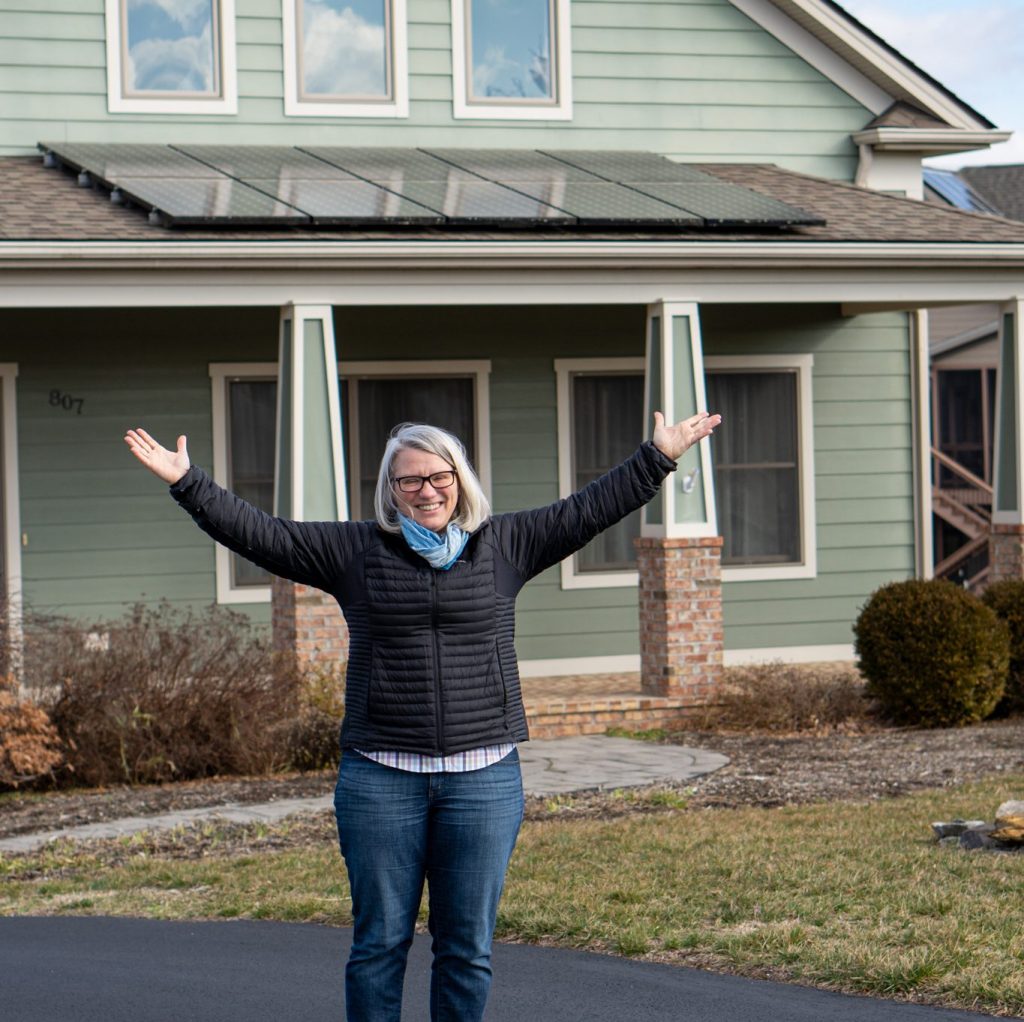
But really, this myth opens up a meaningful conversation about why you’re interested in solar energy. If you believe renewable energy is an important step towards a better future, the time to act is now.
MYTH: You need a perfectly sunny, south-facing roof
Reality: “Shading matters more than orientation,” says Feucht. If you position your panels on an east or west-facing roof, and there’s not a lot of shade on them, you can still generate a good amount of power! And by the way, panels do not have to be on the roof. The Baseline team has installed many ground-mounted arrays for customers with shady roofs but sunny backyards. (Just be careful where you point your tractor!)
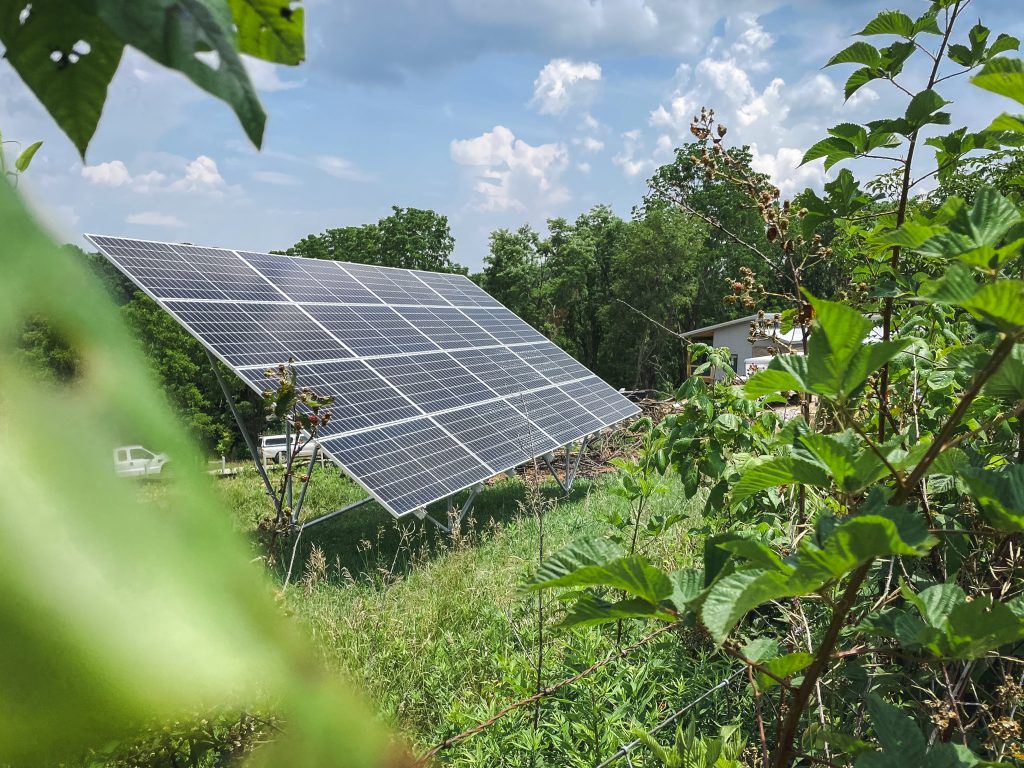
If we can help answer any more questions for you about solar, please let us know! It’s easy to reach our team anytime. Just contact us today!
